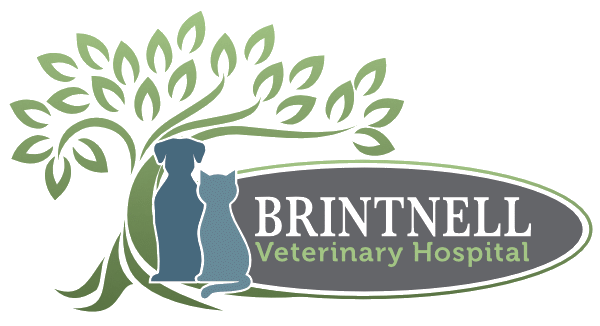Library
-
Osteoarthritis (OA) is a progressive, degenerative disease that worsens over time. This handout discusses steps you can take to help your dog deal with osteoarthritis (OA) or degenerative joint disease (DJD). In addition to medications that may be prescribed by your veterinarian, other treatment options such as weight loss, exercise, and complementary therapies such as chiropractic and physiotherapy are outlined.
-
A luxating patella is a kneecap that moves out of its normal location, causing an affected dog to skip or hop on three legs. Many toy or small breed dogs, including the Maltese, Chihuahua, French Poodle, and Bichon Frise, have a genetic predisposition for a luxating patella. Surgery should be performed to prevent the development of arthritis or another knee injury.
-
The anconeal process is a small projection of bone on the ulna, the longer of the two bones of the forearm. If the anconeal process does not fuse to the rest of the ulna correctly during growth, it causes a condition called ununited anconeal process (UAP). This problem appears to be hereditary mostly in large breeds. When this part of the ulna does not fuse, the elbow joint becomes unstable, causing lameness and pain. Treatment requires surgery. Some form of rehabilitation will improve your dog's chances of making a full recovery from surgery and minimize lameness problems.
-
'Spavin' is a common condition in ponies and horses of all ages. There are two forms of spavin; bone spavin and bog spavin. Both affect the hock.
-
White willow bark is given by mouth and is used over the counter to treat pain and inflammation in cats and dogs. Give as directed by your veterinarian. Side effects may include stomach upset and skin rash. Do not use in pets that are allergic to it or aspirin, or in pets that are pregnant, nursing, or very young. It should be used cautiously in pets with certain medical conditions. If a negative reaction occurs, please call your veterinary office.
-
The cruciate ligaments are two bands of fibrous tissue located within each stifle joint. They join the femur and tibia together so that the knee works as a stable, hinged joint. The two most common causes of cranial cruciate rupture are trauma and degeneration of the ligaments within the joint. There are various surgical techniques to stabilize the knee joint following cruciate rupture. Regardless of the technique used to stabilize the joint, arthritis is likely to develop in the joint as your dog ages.
-
An FHO, or femoral head ostectomy, is a surgical procedure that aims to restore pain-free mobility to a diseased or damaged hip by removing the head and neck of the femur (the long leg bone or thighbone). This procedure is commonly recommended for smaller dogs, especially those who are at a healthy weight. Active dogs often experience better results with FHO than less-active dogs. It is important to follow your veterinarian's post-operative instructions. Most dogs will show signs of complete recovery approximately six weeks post-operatively.
-
Your older dog requires more care and attention to make sure they have the best quality of life. If they have certain medical conditions, that will factor into what they can do and how often they may need to see your family veterinarian. It's important to spend time with your dog not only for social interaction but to stimulate their mind.
-
Your older cat requires more care and attention to make sure they have the best quality of life. If they have certain medical conditions, that will factor into what they can do and how often they may need to see your family veterinarian. It's important to spend time with your cat to keep their stress low and monitor for changes.
-
Cats are very good at hiding signs of pain, so cat owners need to be very observant to recognize behavior changes that indicate their cat needs help. Some of the most common behavior changes are associated with grooming and litter box habits. This handout describes these and other changes to watch for, as well as advice on how to support your aging cat.

